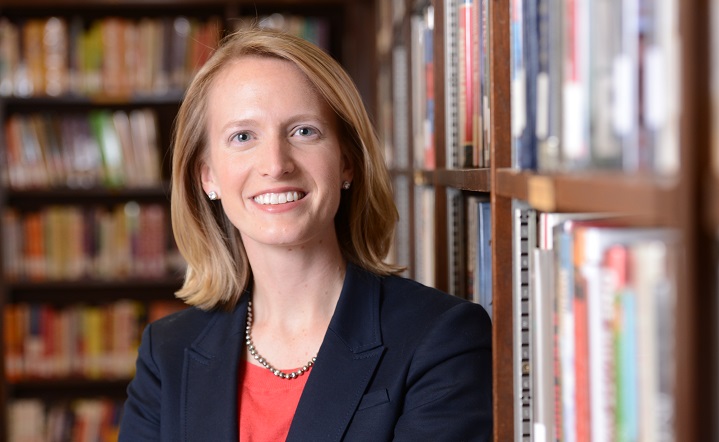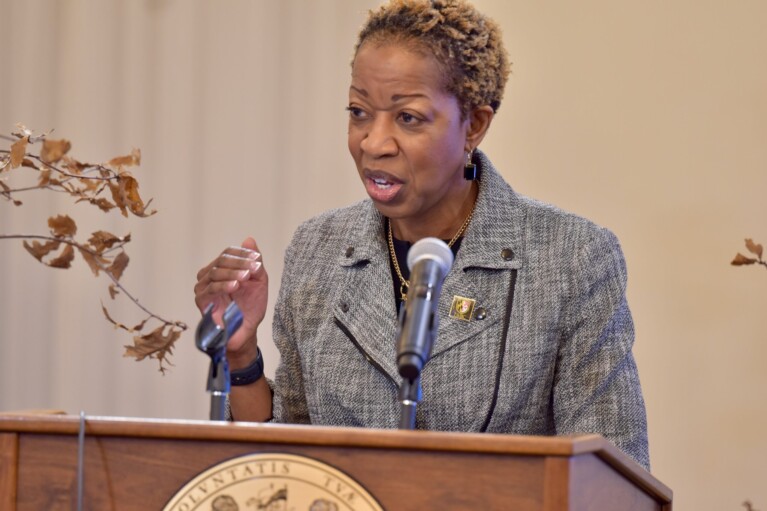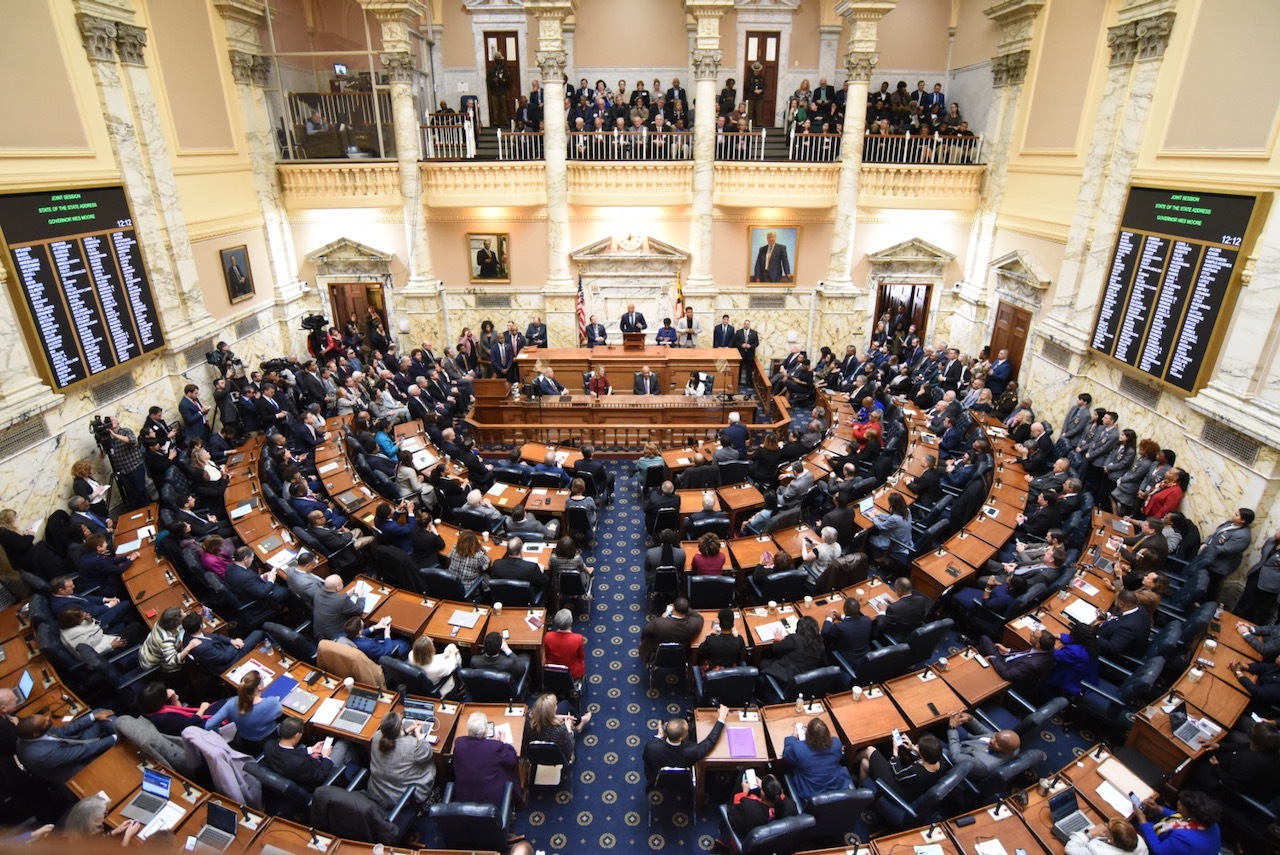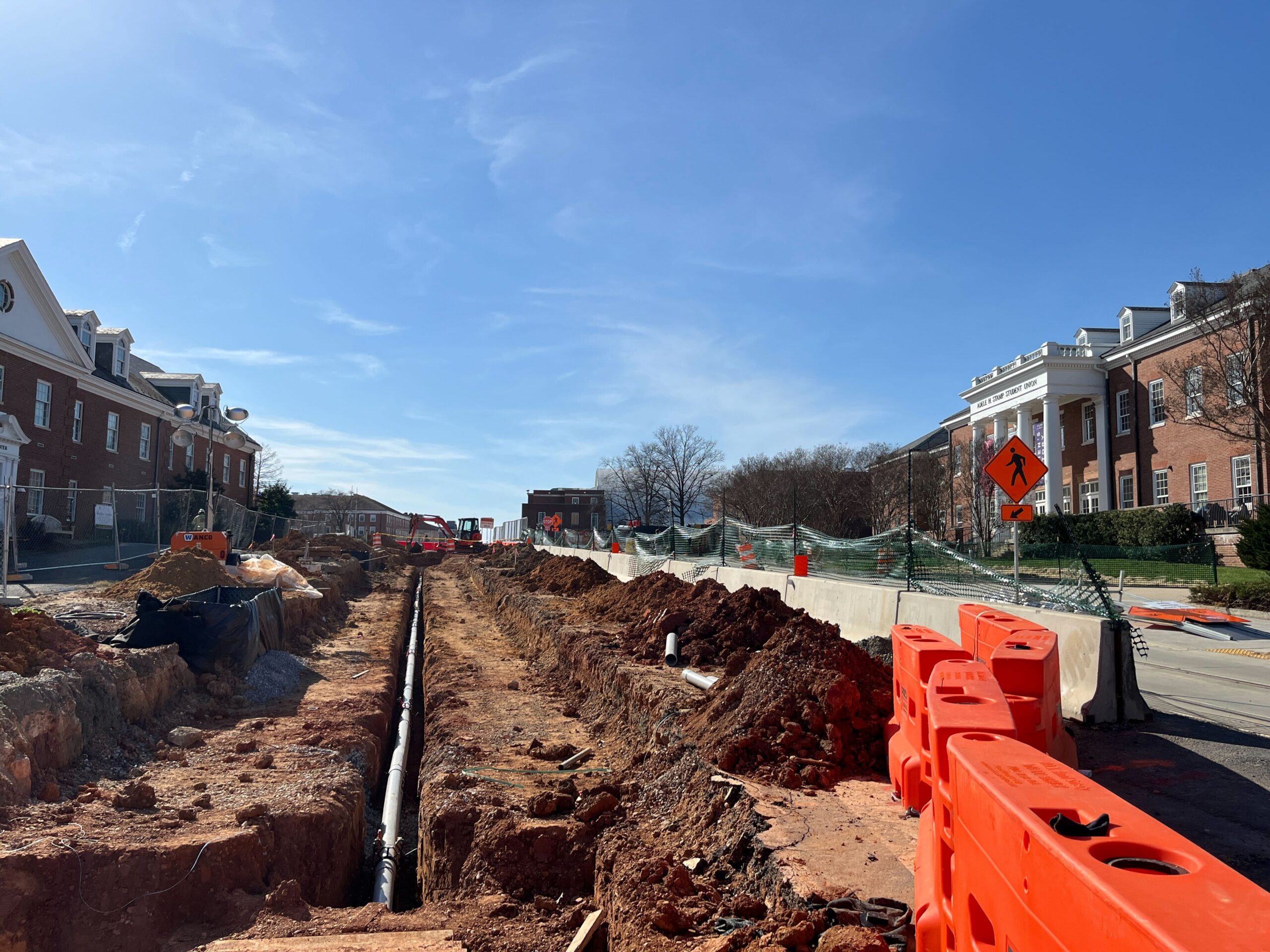How Maryland Elects Its Leaders Remains Stuck in the Past

In his Jan. 14 column, Frank DeFilippo spends quite a bit of time discussing my father’s legacy in building up the Democratic Party in Maryland — a legacy that I am very proud of. Unfortunately, Mr. DeFilippo — who did not call me to discuss his op-ed — then veers off into a screed against allowing fair representation for voters and a bill I have introduced, managing to insult me, the entire Baltimore City Council, the state of California and a Montgomery County municipality.
I’d like to offer Mr. DeFilippo and the readers of Maryland Matters the opportunity to learn more about how to allow Maryland voters a greater chance to make their collective voices heard at the ballot box.
I was raised by my parents — both of them — to believe that every person’s vote counts, and that we were Democrats, in part, because we wanted to ensure that every person had an equal chance to decide who was going to represent them.
Unfortunately, the reality in America is that not every person has the opportunity to have their vote count, and we certainly do not have an equal say. Our democracy, one of the oldest in the world, is in need of a fundamental update. We update almost everything else in our lives — our computers, our clothes and even our Constitution.
But how we elect people remains stuck in the past: a primary system controlled by the parties and a general election that is often irrelevant. This system results in elected leaders who are often not representative of their electorate and are beholden instead to a minority of voters. Our “representative” democracy is sometimes anything but representative.
There are many things we must do to restore our democracy to ensure that it truly reflects the collective voice of the people of this country — enact campaign finance reform and public financing, end gerrymandering and voter roll purges, and reinstate protections guaranteed under Section 5 of the Voting Rights Act.
But without changes to the structure of the election itself, these changes will fall short of true reformation, and voters will continue to lose influence in the elections that are supposed to embody the exercising of a fundamental, inalienable right as a citizen.
After the 2016 election, I began educating myself and talking to people about the health of our democracy. I began thinking about how not only our gerrymandered districts but also our primary system itself changes how elected officials govern. Too often in areas where one party is dominant, candidates can and do win elections despite being opposed by a majority of voters; and, too often campaigns devolve into ugly contests that turn off voters from the process and depress turnout.
There is a solution to this dilemma, though: enact ranked-choice voting or a single top-two primary election. My legislation — HB 26 — allows the Baltimore city government the option of doing just that.
In a top-two primary (called an open primary in the bill and a jungle primary in other states), all voters participate in one primary election and the top two vote-getters advance to a general election. With ranked-choice voting, voters all use one ballot and rank as many candidates as desired in order of preference.
Unlike Mr. DeFilippo’s claim, there is no strategy to ranking only one person — if your first choice loses and you have not ranked other candidates, you have given up your vote in subsequent voting rounds. Candidates do best when they attract a strong core of first-choice support while also reaching out for second and even third choices.
If no candidate has more than half the vote in first-choices, candidates finishing last are eliminated round by round in an instant runoff until two candidates are left. Those two candidates either advance to a general election or votes are tallied to see who achieves at least 50.1 percent of the vote first. When used as an “instant runoff” to elect a single candidate like a mayor or a governor, ranked-choice voting helps elect individuals who better reflect the collective vision of the jurisdiction.
In his column, Mr. DeFilippo is appalled at the audacity that an elected official would propose a policy to address a problem. He warns that giving Baltimore the option for a top-two primary and ranked-choice voting would “neuter” political parties and erase competition from elections. He blames voters for “refusing” to comply with a two-party duopoly and frames a more inclusive alternative as dangerous.
But government isn’t about serving the interests of insiders. As a member of the Maryland House of Delegates, I represent all residents of the 46th District, not just the Democratic voters or the “powerbrokers.” It’s the interests of all Marylanders that inspired my bill.
I want all voters to feel empowered and represented by their government. And that starts at the ballot box — opening the process to more viewpoints, voices and choices.
This voters-first sentiment has led cities and states across the nation, including right here in Maryland, to sign on to these simple and effective reforms. Consider Maine, which contrary to what Mr. DeFilippo writes, just celebrated a successful first use of ranked-choice voting to choose its federal representatives. Voter turnout was up, the number of voter-skipping contests down and support for the new reform high.
The historic success in Maine came on the heels of another record-making moment involving ranked choice voting when San Francisco elected London Breed as its first African-American woman mayor in June.
After receiving about 37 percent of first choices, Breed went on to clinch her victory in the competitive race with majority support thanks to backup choices. A study by the New America Foundation and FairVote found that in San Francisco, voters strongly prefer this type of voting, and it has increased turnout by 2.7 times citywide, and in the city’s six most racially and socio-economically diverse neighborhoods turnout quadrupled.
Compare that to Baltimore city’s 2016 primaries, where the 13-way Democratic mayoral contest ended in a 37 percent-supported nominee, versus the runner-up’s 35 percent, and the rest of the votes divided among other candidates whose voters didn’t have a say between the top two. Never mind the 34,000 registered unaffiliated and third-party voters who didn’t get to have a say at all – or the voters who chose not to participate because they didn’t feel their vote would matter. While I don’t yet know what all Baltimore voters think, I do know the city council has asked specifically for open primaries and discussed other ways to improve lackluster turnout and make our city elections more inclusive.
Ranked-choice voting has achieved just that in many of the places where it’s used, empowering voters to know their choices truly count in determining who represents them, while helping increase representation for women and people of color. Ranked-choice voting eliminates a panoply of issues that currently exist in our electoral process and accentuates what works in our democracy. It deters negative campaigning designed to suppress the vote, it can mitigate the impact of money in elections, it minimizes strategic voting, it provides more choices for voters, and most importantly, it promotes reflective representation.
It could do the same in Baltimore (and around Maryland), “allowing voters to express their preferences in a more meaningful way,” as the Baltimore Sun editorial board wrote.
We are the world’s oldest representative democracy and our electoral systems at all levels are in need of a reboot. As an elected official, I work to provide my constituents every opportunity to participate in our government. The time is now to update our elections so that they are designed to truly reflect the collective will of all voters. The future of our democracy depends on it.
— BROOKE LIERMAN
The writer is a member of the Maryland House of Delegates, representing District 46.




 Creative Commons Attribution
Creative Commons Attribution